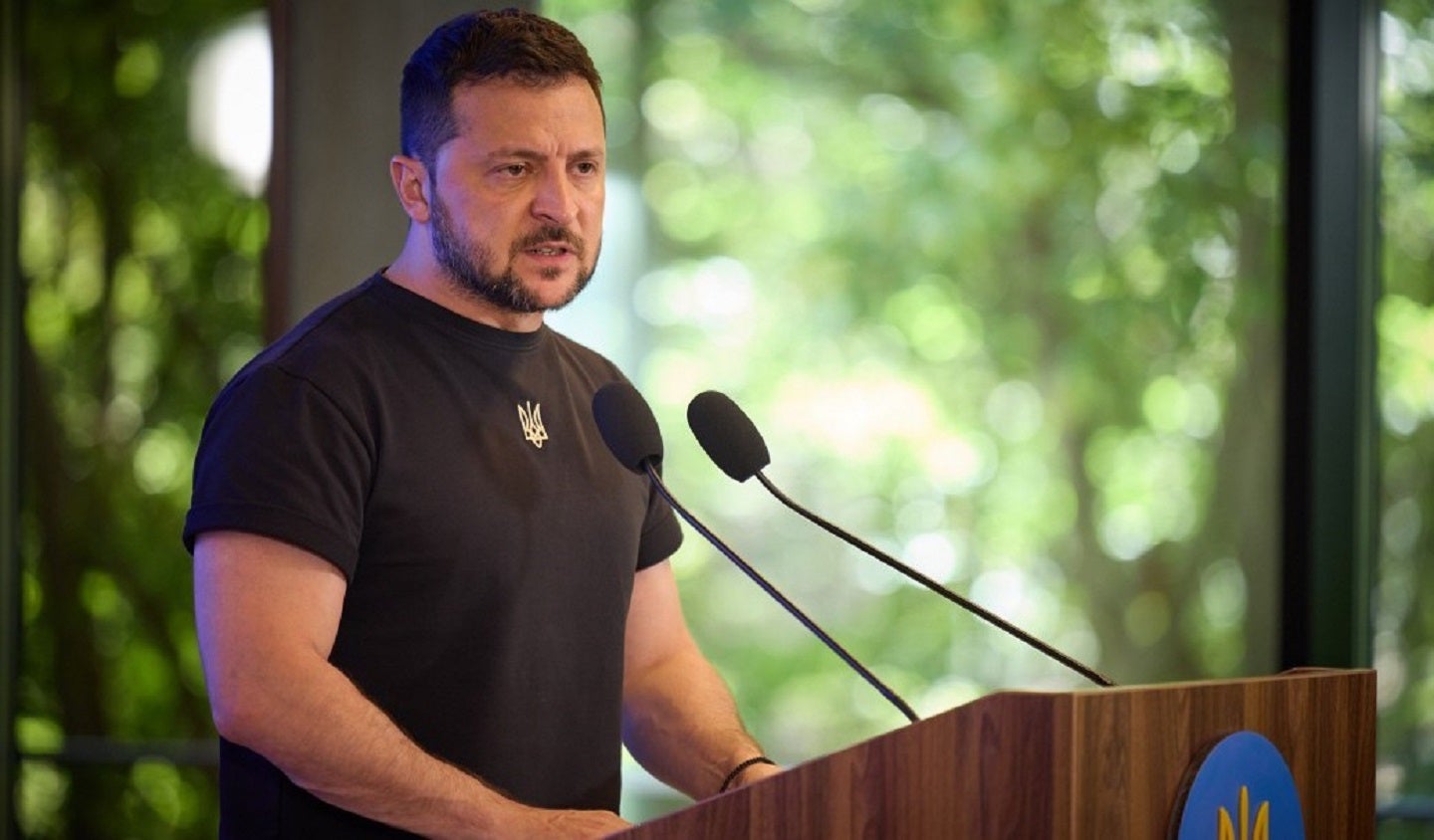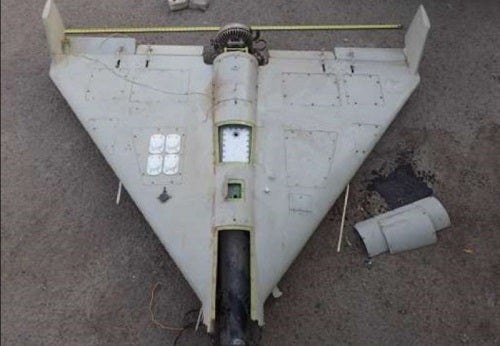
An Institute for the Study of War (ISW) update noted that Iran intends to establish Shahed Unmanned Aerial Vehicle (UAV) production sites in Russia and Belarus to make the system more readily available to invading Russian forces against Ukraine.
According to the ISW, the Iranian Armed Forces General Staff Chief Major General Mohammad Bagheri called for greater defence industry co-operation between Iran and Belarus during a meeting with Belarusian Defence Minister Lieutenant General Viktor Khrenin in Tehran on 1 August.
The ISW references reports that claim that the construction of an Iranian UAV factory in Belarus would alleviate the “logistical problems” Russia faces in transporting Iranian drones from Iran to Russia via the Middle East.
Likewise, Iran will benefit with revenue for the Iranian economy. The British Secret Intelligence Service revealed in July that Iran seeks to acquire cash from Russia in return for Iranian drones. The Middle East supplier is currently facing critical economic conditions, with one US dollar equating to more than 500,000 Rials on the 1 August. Similarly, the Iran Statistical Center reported on July 25 that Iran’s inflation rate is approximately 47.5%.
Shahed-136 use in Ukraine
The Shahed UAV is a precision-attack loitering munition system, also referred to as a ‘suicide drone’, that is manufactured by Iran Aircraft Manufacturing Industrial Company (HESA), a subsidiary of the state-owned Iran Aviation Industries Organisation.
The suicide drone has been in service with the Iranian military since 2021. Russia has been importing Shahed-136 UAVs to use in the war against Ukraine. Russia has rebranded the systems as Geran-2 or Geranium-2.
According to the UK Ministry of Defence (MoD), Russian forces have likely launched at least 71 Shahed-series one-way attack UAVs against different targets across Ukraine since the beginning of March 2023.
On 2 August, the President of Ukraine, Volodymyr Zelenskyy, made an address, saying: “[This] morning, we received reports from our warriors from air defence on the downing of ‘Shaheds’. There were 37 ‘Shaheds’ in total during this one night. Some of them were shot down. But only part of them. Fortunately, people were not injured. There were hits in the southern areas – Odessa region, our ports.
“We are doing our best with our partners to increase the supply of air defence systems. It is very important for the world not to get used to this Russian terror. Every hit is a common problem. Not only for Ukraine, but also for all those in the world whose stability Russia is trying to destroy by attacking our ports and infrastructure.”

Long-range weapons and aerial superiority
The Nato allies and partners have donated incremental packages of military assistance to Ukraine including various platforms and equipment, mostly land-based systems, to support the war effort. The United States alone has provided $41.3bn in security assistance to Ukraine since Russia invaded in February last year – they are the largest supplier to the wartorn country.
However, at the Chief of the Air Staff’s Air and Space Power Conference in July, the UK Minister of the Armed Forces, James Heappey, asserted that on Nato’s eastern flank, “mission success on the ground means superiority in the air.”
“The key requirement from an air perspective in this [ground-based] war is if you can provide something that will be able to keep the VKS – the Russian Aerospace Forces’ combat air – at arms length. RUSI analyst, James Bronk, affirmed. “This is a supplementary capability to the main ground-based air defence, then that is worth an enormous amount to buy out the risk of Russian air superiority at some point down the line.”
While Ukrainian F-16 pilots are being taught how to fly the sophisticated fourth-generation fighter jets in Europe, the next best thing the country has received are some long-range, air-to-land-attack Storm Shadow missiles for the UK MoD.
The warhead itself can be configured in blast or penetration function, thus is able to be used against fortifications. Although the range is officially listed by MBDA as being 250km+, it is typical for western defence companies to play down exact capabilities, with the actual maximum range likely to be significantly further.




